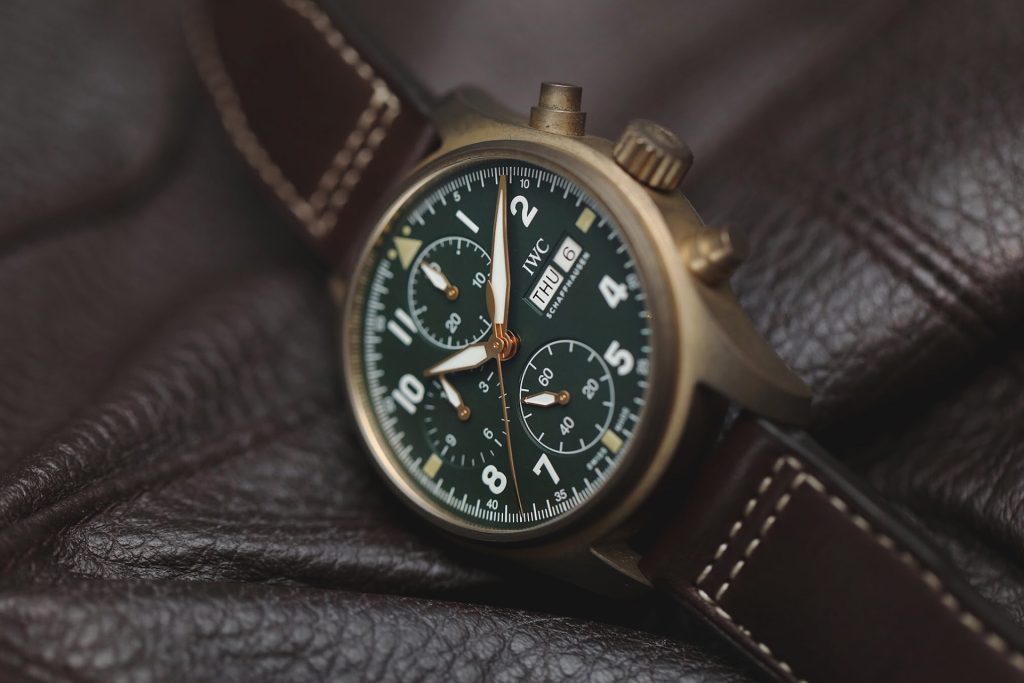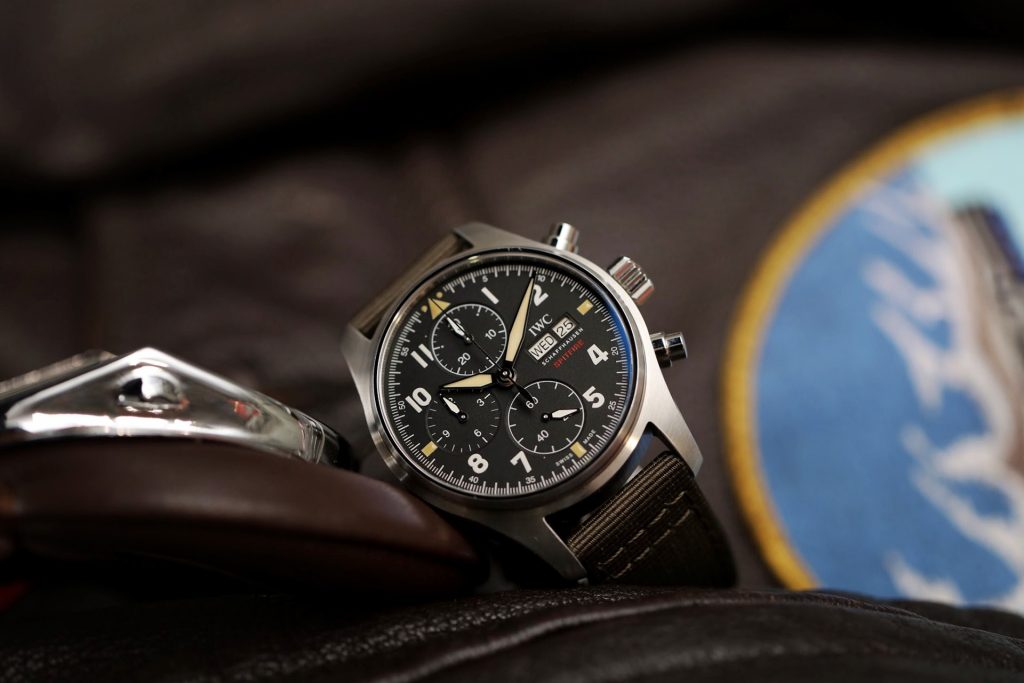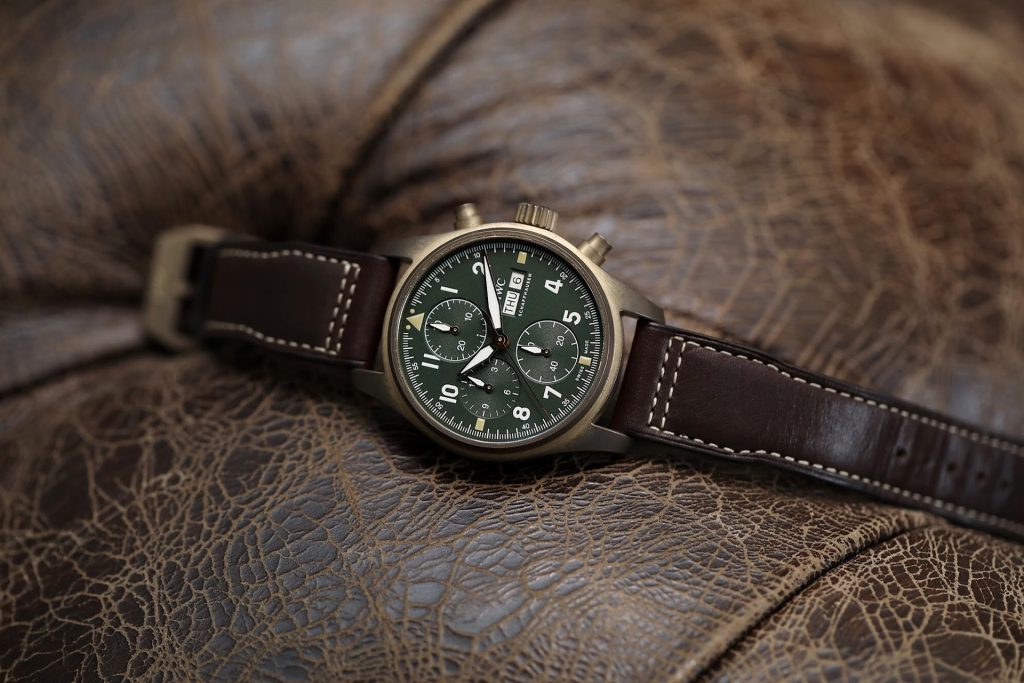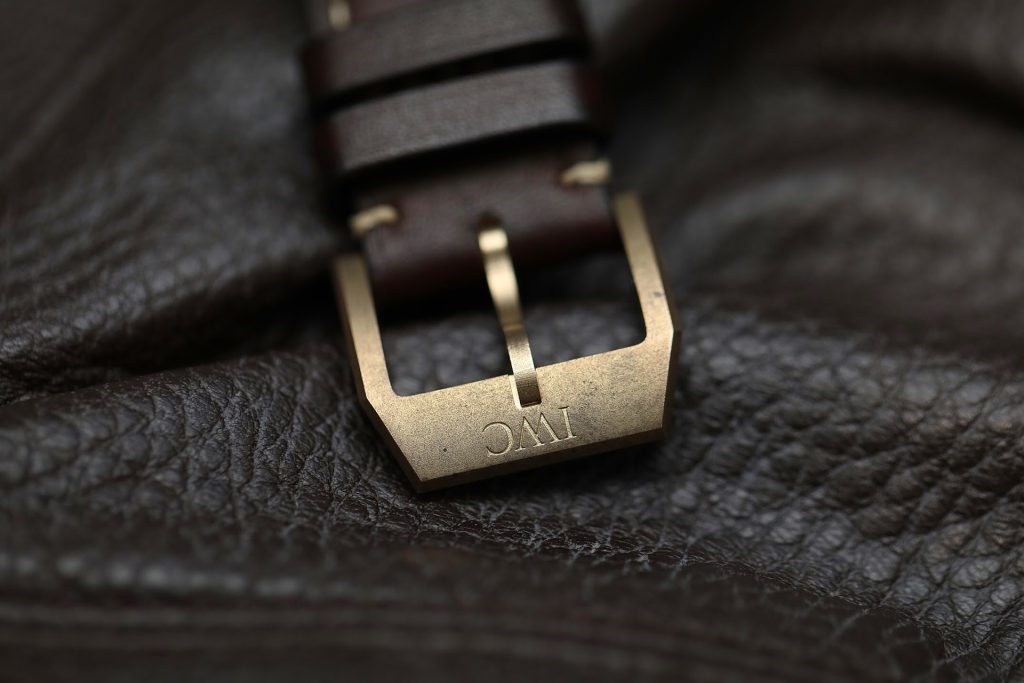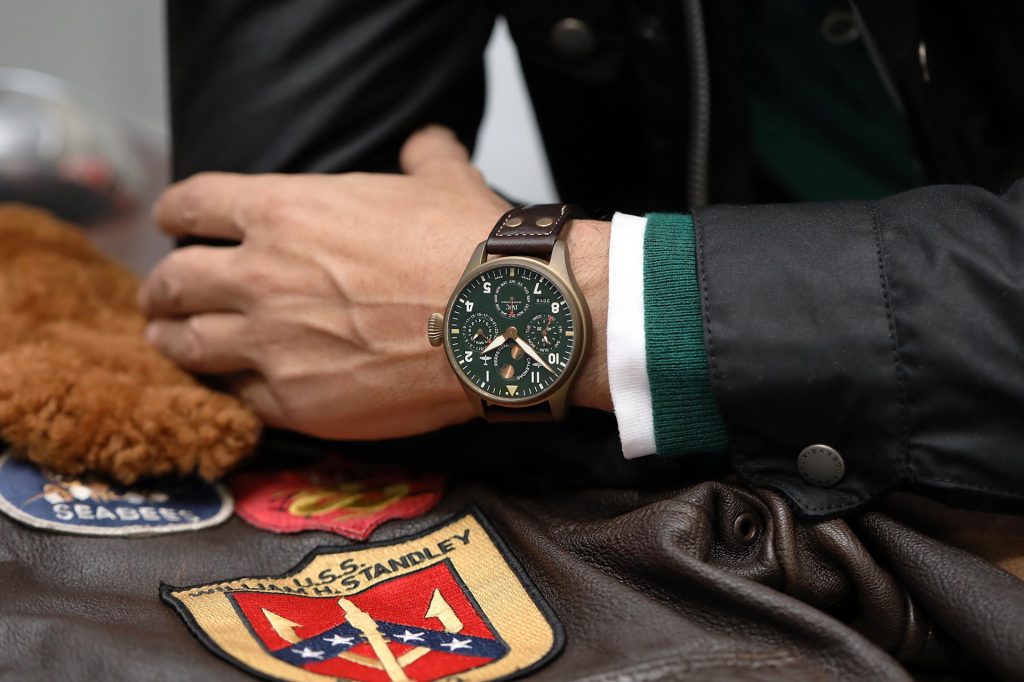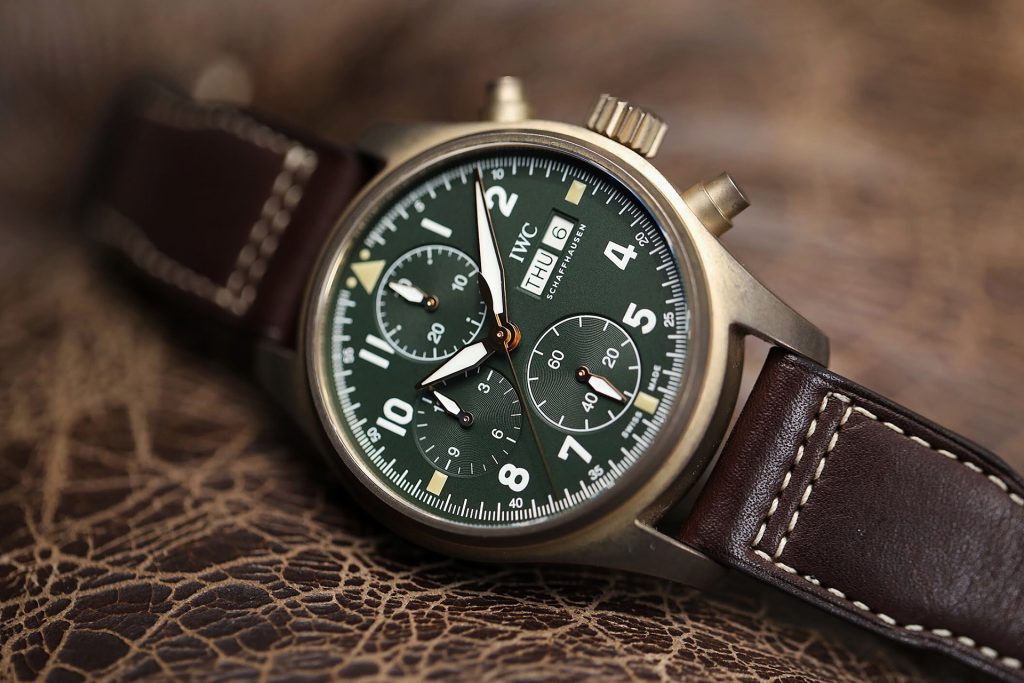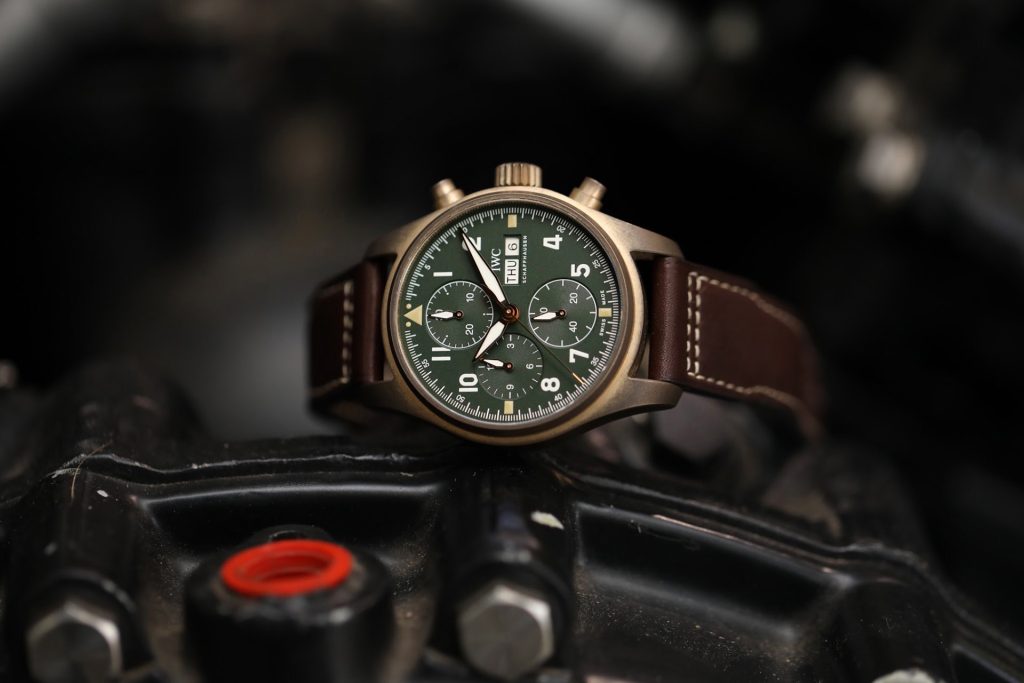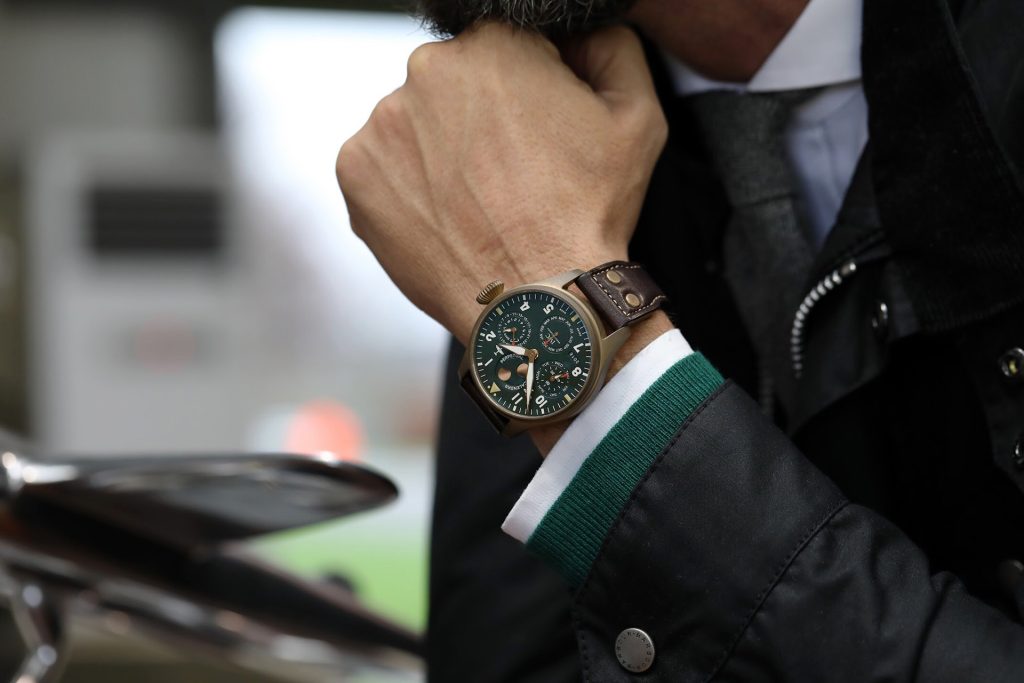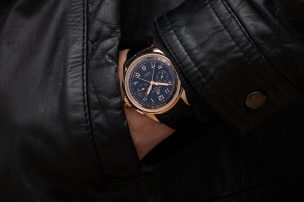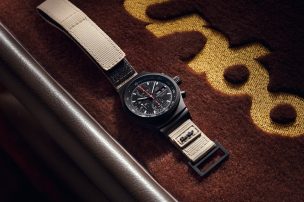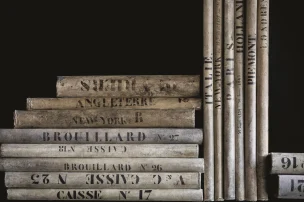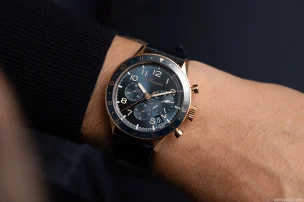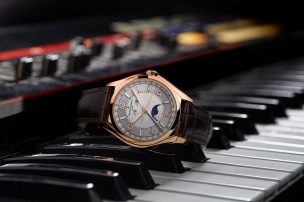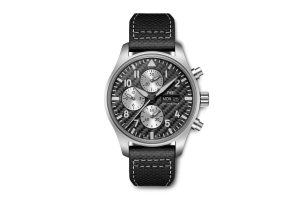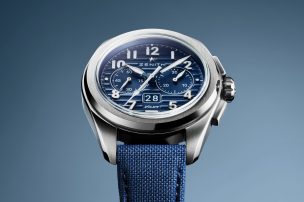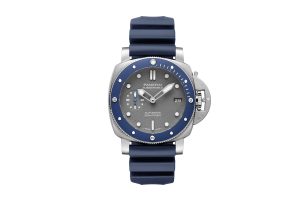
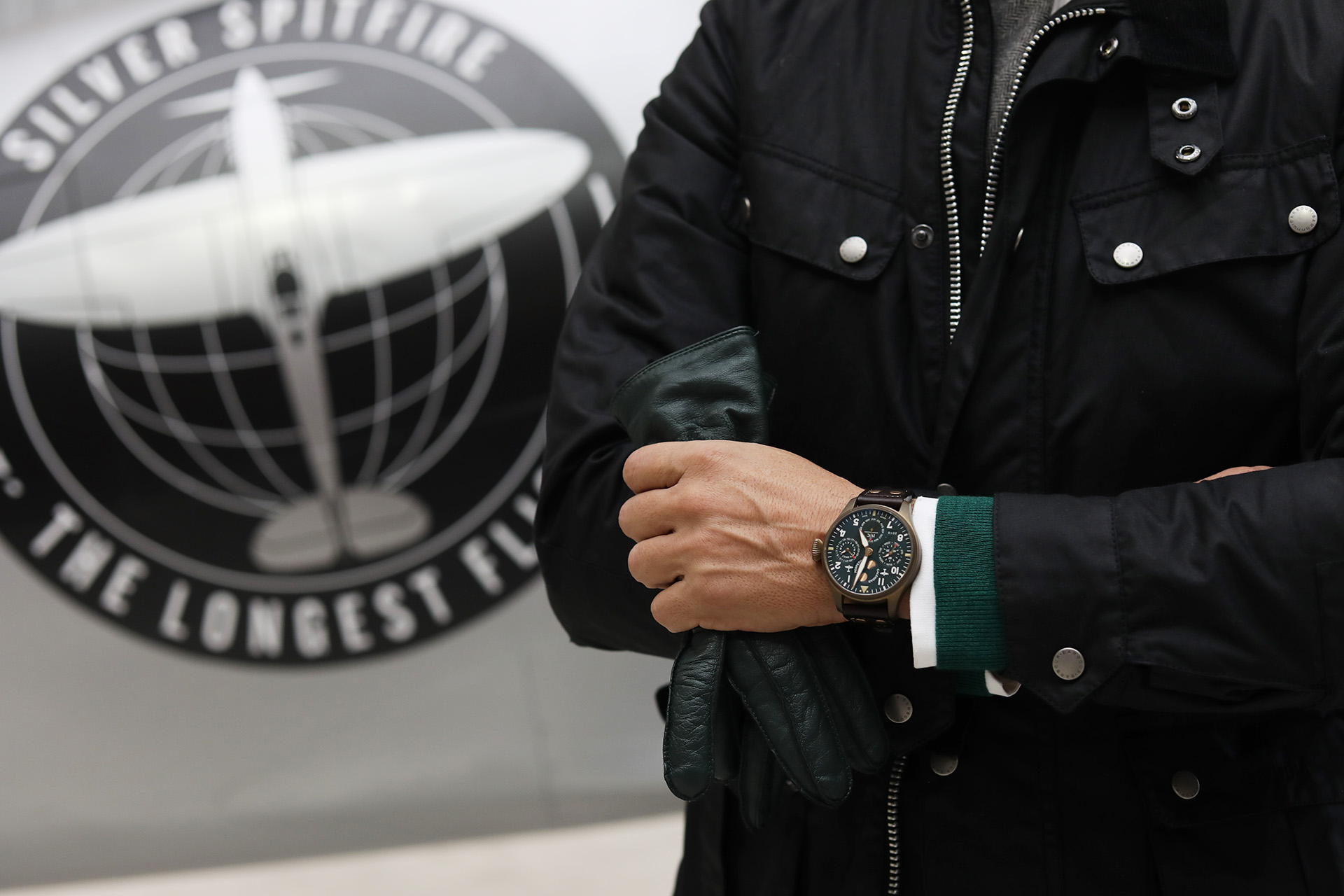
SIHH 2019: IWC Novelties – Pilot’s Watch Spitfire Collection
The Bauhaus movement celebrates its 100thanniversary this year and still today stands for functionality and aesthetics. Due to the industrialization, Bauhaus manifested a basic philosophy to preserve the artistic work and bring it in line with the raising engineering sciences. The aim was to grant a broad audience access to quality products. Typical design elements of Bauhaus are: well-designed, practical and straightforward. Everyone that likes to keep it clear and simple will enjoy the Bauhaus style. The first pilot watches (Mark XI) by IWC somehow remind us of this movement. Its external appearance is minimalistic and reduced to the essential; its technical approach is sophisticated and above all very functional. In 2003, the watch collection ‘Spitfire’ arose from the heritage of these Mark XI pilot watches. They unite Swiss craftsmanship with the art of engineering: aesthetic, functional and pure. For the first time, the new models surprise with IWC manufactured movements and a very attractive entry level price.

The ‘Big Pilot’ within the new Spitfire collection – with perpetual calendar and limited to 250 pieces
Focus on Functionality
IWC surely didn’t have the Bauhaus style in mind while designing their first pilot watches. But at the moment Bauhaus is to be talked of and it’s therefore not far to seek for parallels when it comes to a strong design and functionality. During war time, when the first IWC pilot watches were produced, they needed to be as functional as possible – precise and easy to read. Today, the focus is not so much on the military aspect any longer and therefore they take inspiration from design elements of past times and contemporary functions to have a reliable companion in the jungle of everyday life. Inspirations derive from the shapes of on-board computers or colours from cockpits of vintage airplanes. Just like the new IWC ‘Spitfire’ watches, of which seven new versions have been introduced at the watch fair SIHH 2019.
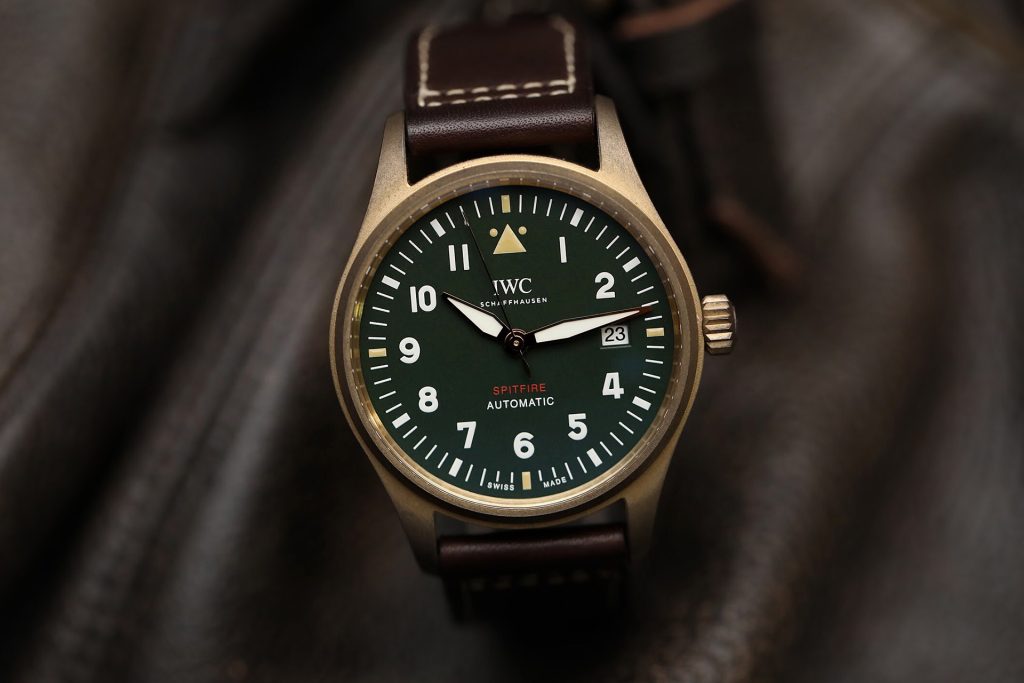
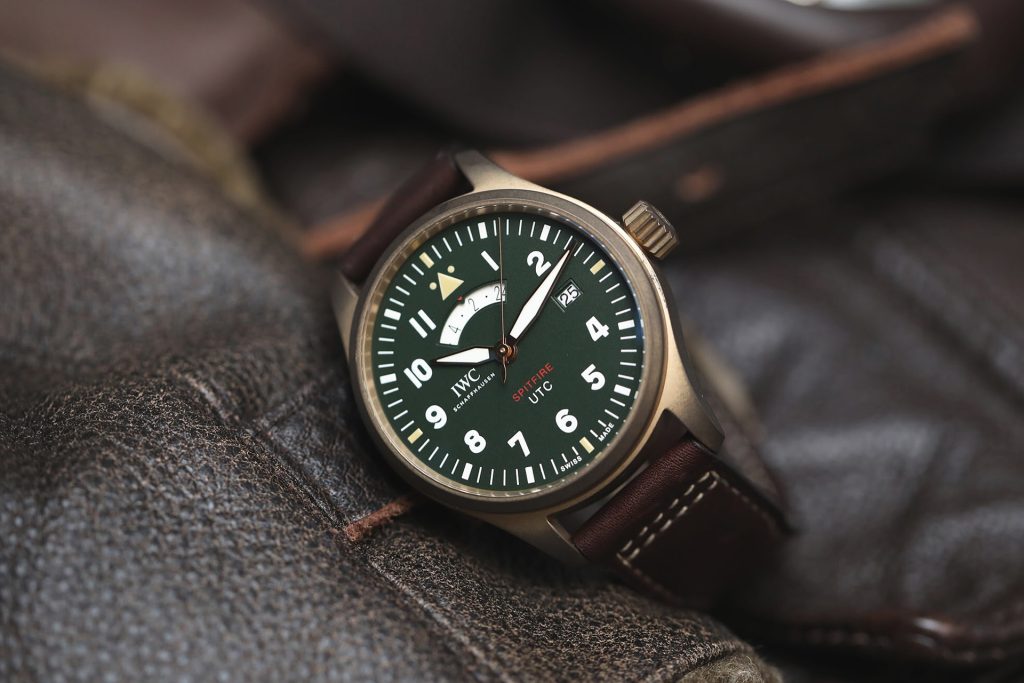
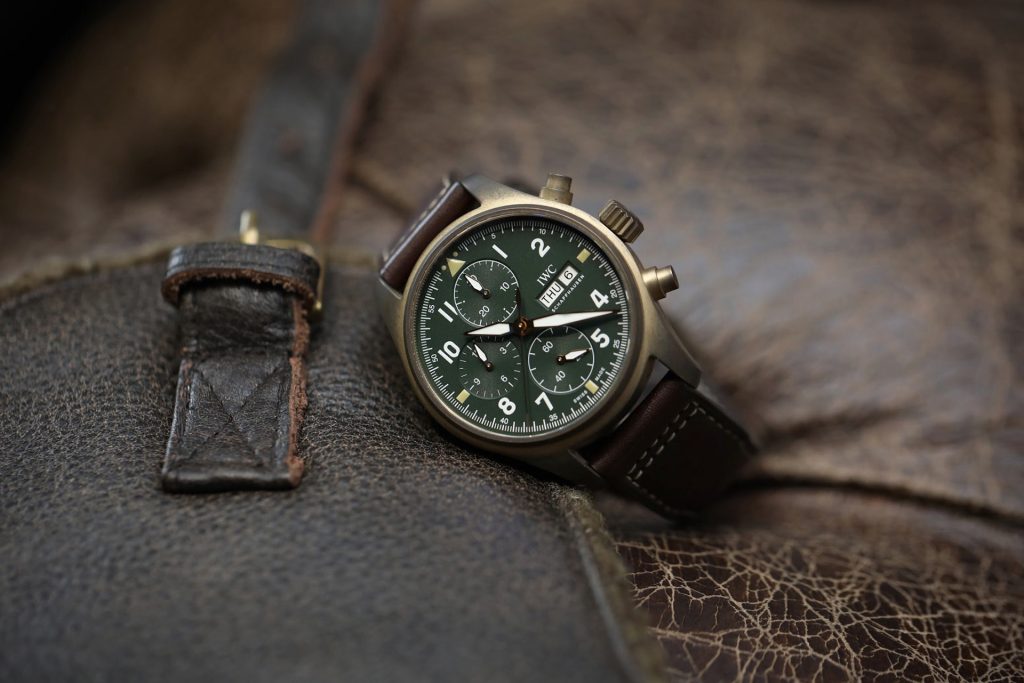
IWC Pilot’s Watch Automatic Spitfire (left)
IWC Pilot’s Watch UTC Spitfire Edition MJ271 (right)
IWC Pilot’s Watch Chronograph Spitfire (middle)
Pilot’s Watch Automatic Spitfire
Looking at the presentation of their new ‘Spitfire’ collection we noticed that IWC is reviving their military background and the brand likes to draw a comparison between their own savoir-faire and other masterpieces of engineering. The Spitfire becomes the source of inspiration – the British fighter plane that became popular in the second world war due to its agility. IWC launches two new automatic models that build the basic line of the ‘Spitfire’ collection. Their design reminds us of the navigation watches Mark XI with their simple dials and well legible numerals. The triangle with its two dots at 12 o’clock is adopted from the original pilot watches – it offered the pilots a better orientation of the hands position.
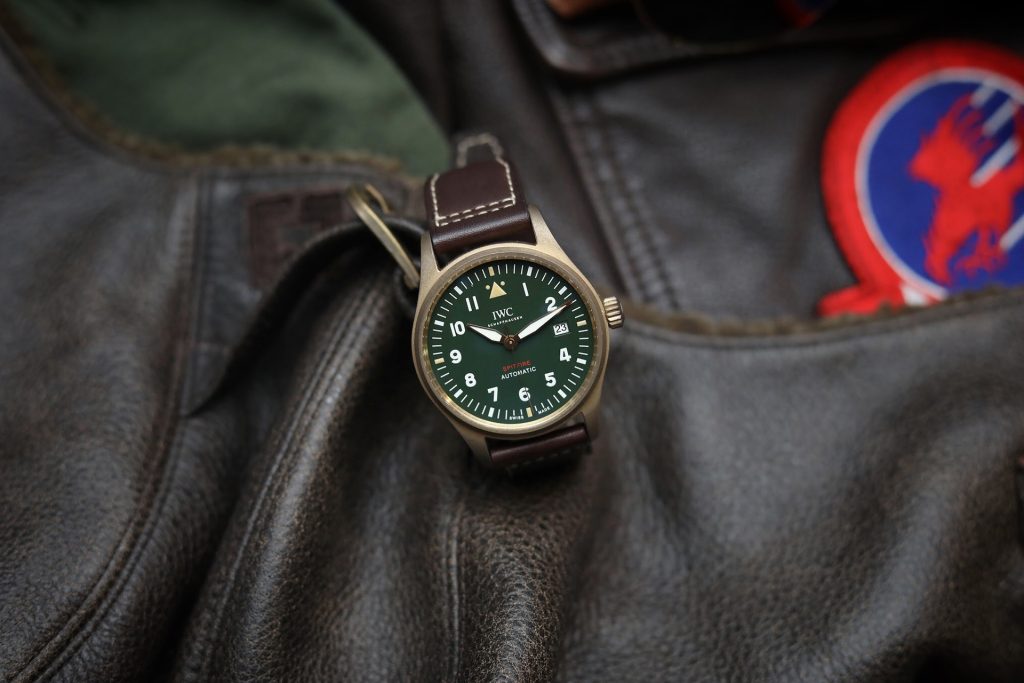
The new Spitfire Automatic models are available in two versions – here with bronze case and calf leather strap
The Pilot’s Watch Automatic Spitfire comes in two executions, with stainless steel case and black dial and a green textile strap, or with a bronze case and green dial and a tough calfskin leather strap in dark brown. The inspiration in terms of colour coding comes from the cockpits of old Spitfire fight planes. The 39mm case is slightly smaller then the usual pilot watches at IWC. Until now, most of them were powered by external Sellita or Valjoux movements. All new ‘Spitfire’ watches house an IWC manufacture calibre. The Pilot’s Watch Automatic Spitfire runs with the calibre 32110 with a time and date indication from the new calibre family 32000 and a power reserve of remarkable 72 hours. Price: 4.900 Euro (in stainless steel), 5.500 Euro (in bronze).
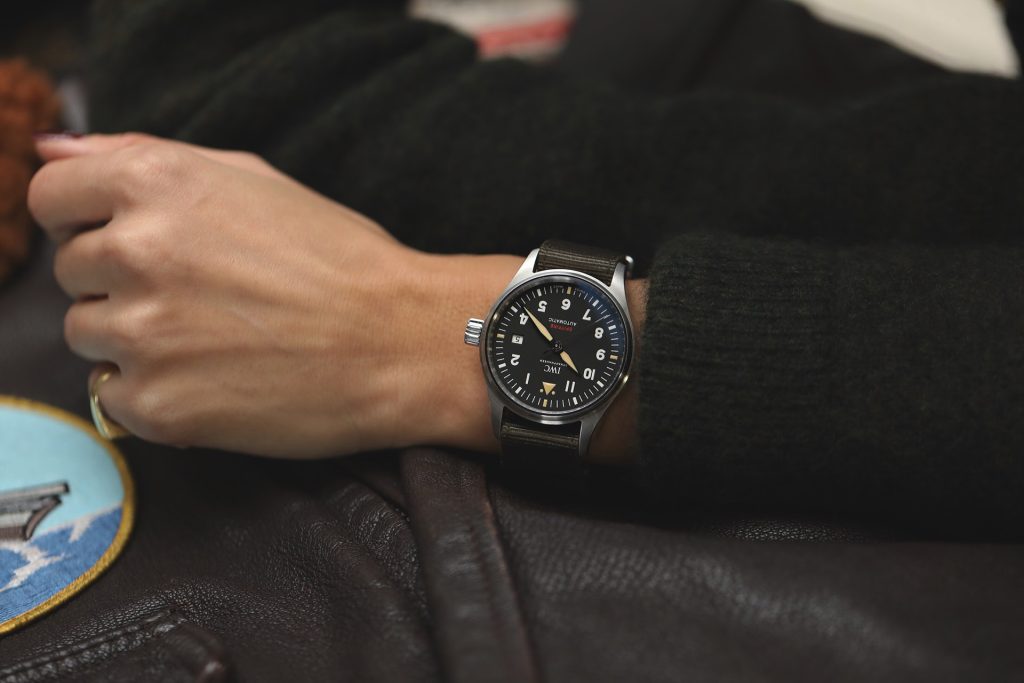
The new Spitfire Automatic watches are available in two versions:
here with steel case and NATO strap
Pilot’s Watch Chronograph Spitfire
The choice of colour range of the new chronograph models is identically to the automatic ones. Due to their chronograph function the case is slightly more generous, however with a 41mm case they are the smallest chronographs at IWC. It surely will catch the attention of a broader audience, especially at a price of 6.290 Euro for the steel-model, and 6.990 Euro for the bronze-model. Inside the Pilot’s Watch Chronograph Spitfire runs the IWC manufacture calibre 69380, which originates from the calibre family 69000 that was first introduced in 2016.
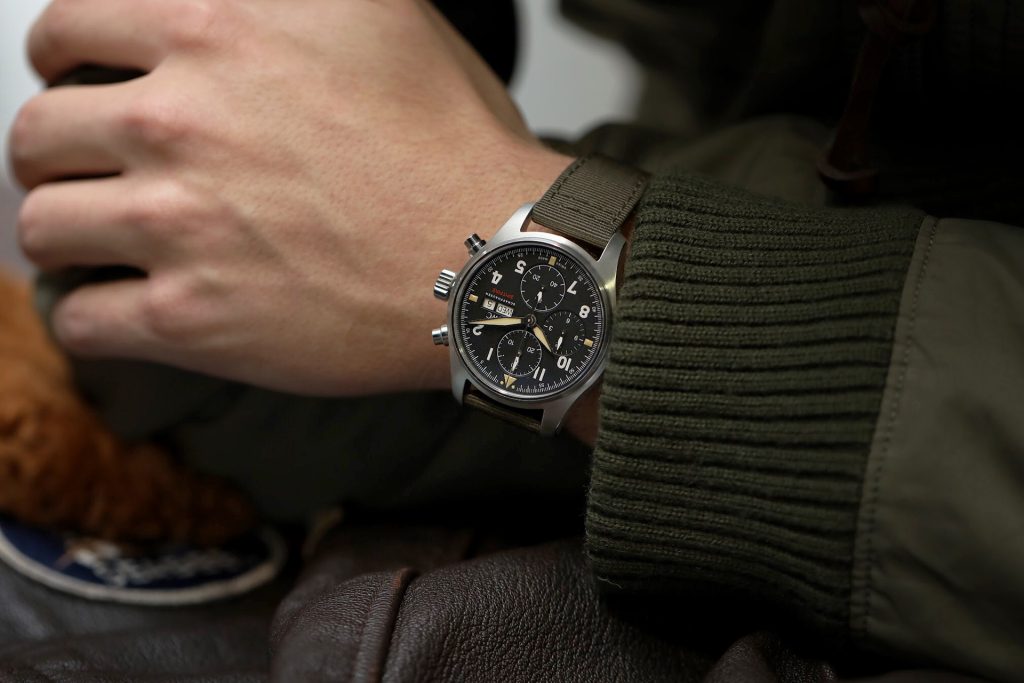
Both Spitfire Chronograph watches also come in a bronze or steel case
Pilot’s Watch UTC Spitfire Edition “MJ271”
In 1998 IWC introduced the first UTC (Coordinated Universal Time) with its typical timezone-mechanism. The second timezone is displayed in a window between 11 and 1 o’clock. The last UTC pilot watch by IWC was introduced in 2012. Now for the first time this mechanism is integrated into an in-house IWC movement, the calibre 82710 with a power reserve of 60 hours. The watch is named after the 80 year old Spitfire that will set off for a circumnavigation of the world this summer. It is limited to 271 pieces and only available with a bronze case, a green dial and a dark brown calfskin leather strap. Price: 9.900 Euro.
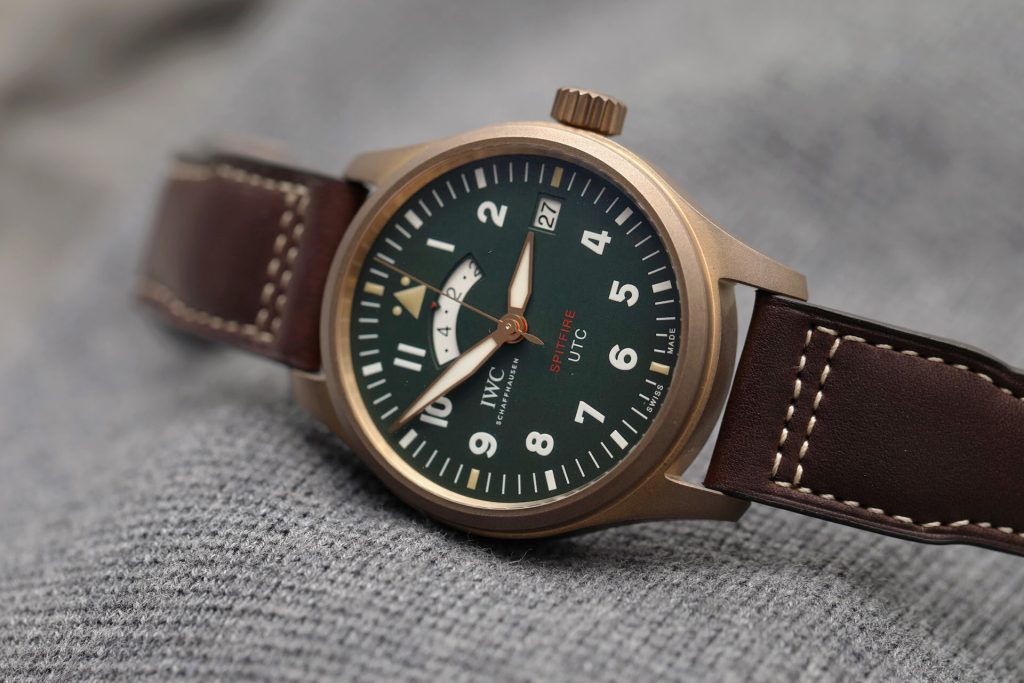
It returns after seven years – the UTC pilot watch with its typical timezone mechanism
Pilot’s Watch Timezoner Spitfire Edition “The Longest Flight”
On their take off to the circumnavigation of the world this summer, the two pilots Steve Boultbee Brooks and Matt Jones will most likely be wearing one of these limited watches – and probably use them as they are equipped with a classical worldtime function that is adjusted from the bezel. The new calibre 82760 has an automatic Pellaton bi-directional winding and ceramic clicks. To make it simple, the 1950 patented mechanism enables the winding of the hairspring no matter in which direction the oscillating weight moves. Ceramic is partially used to prevent abrasion. The Pilot’s Watch Timezoner Spitfire Edition “The Longest Flight” is limited to 250 pieces at a price of 13.800 Euro.
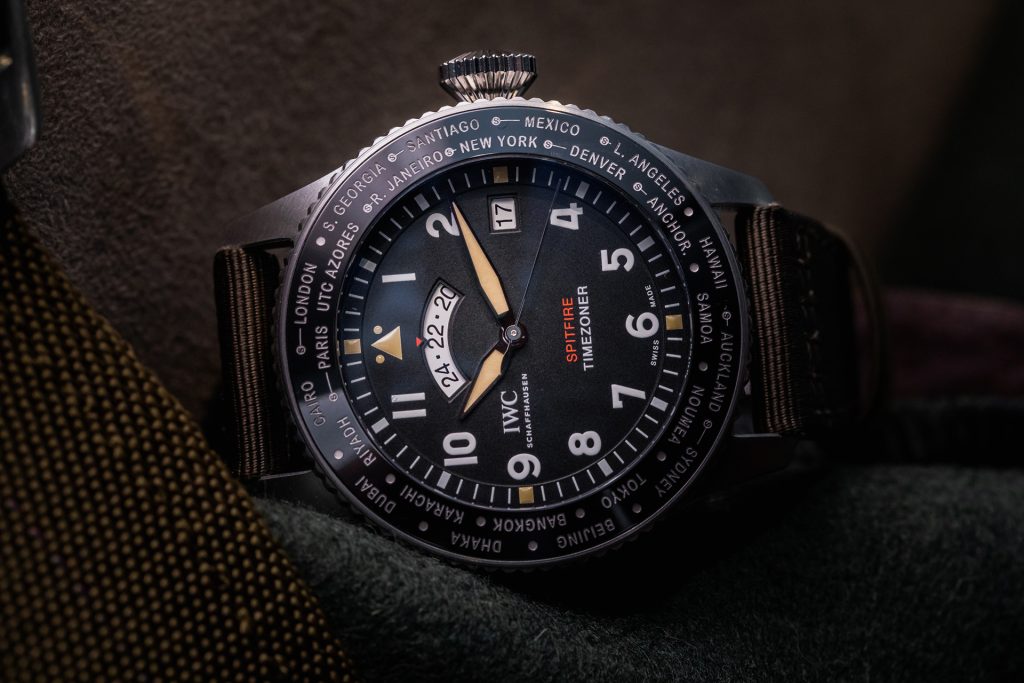
The limited Timezoner Spitfire Edition The Longest Flight. © Thekengold Studio
Big Pilot’s Watch Perpetual Calendar Spitfire
The Big Pilot’s Watch Perpetual Calendar Spitfire varies widely from all other models with a 46.2mm case. After all, it’s a Big Pilot and certainly needs the size to house the complicated calibre 52615 with perpetual calendar function. It is the only new ‘Spitfire’ model that shows its artful worked movement through an open case-back. 250 pieces are available at a price of 30.900 Euro.
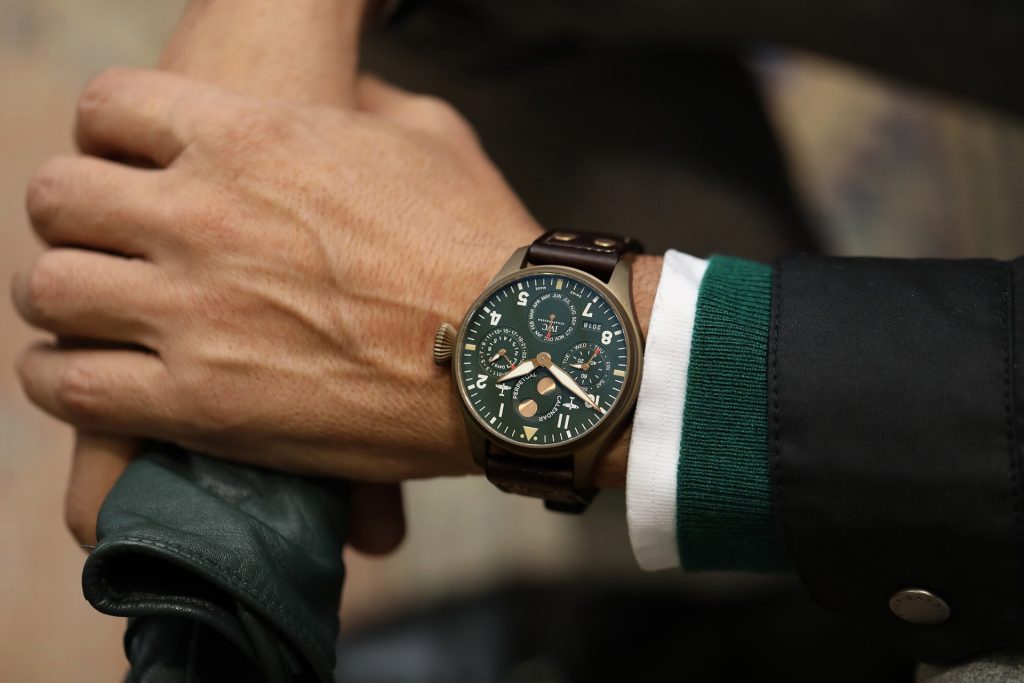
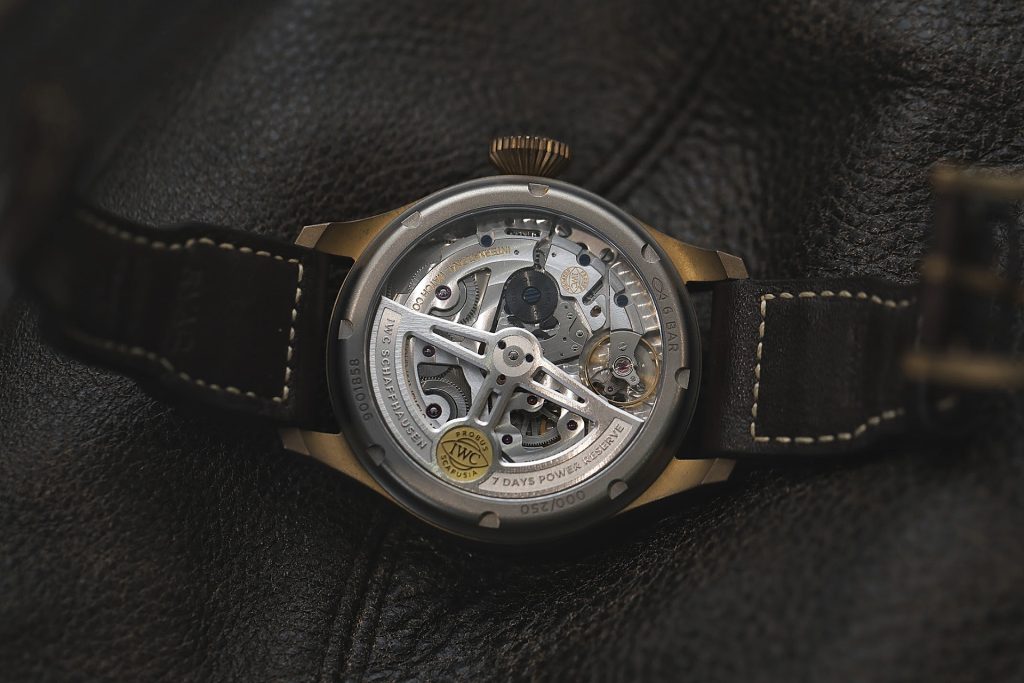
Big Pilot’s Watch Perpetual Calendar Spitfire (left)
The only new Spitfire model with open caseback (right)
All sapphire glasses of the Spitfire pilot watches don’t mist up at higher air pressure. All movements are protected from magnetic fields. For our personal taste the hands should have been designed linear – at least for the basic models. Besides this the collection is overall well done and very aesthetic. Whereas some watch brands at the moment come up with unjust high prices, others surprise with high quality at a very attractive entry level price. Maybe not available for a broad audience, like the Bauhaus intended it to be – but surely for a new target group.
